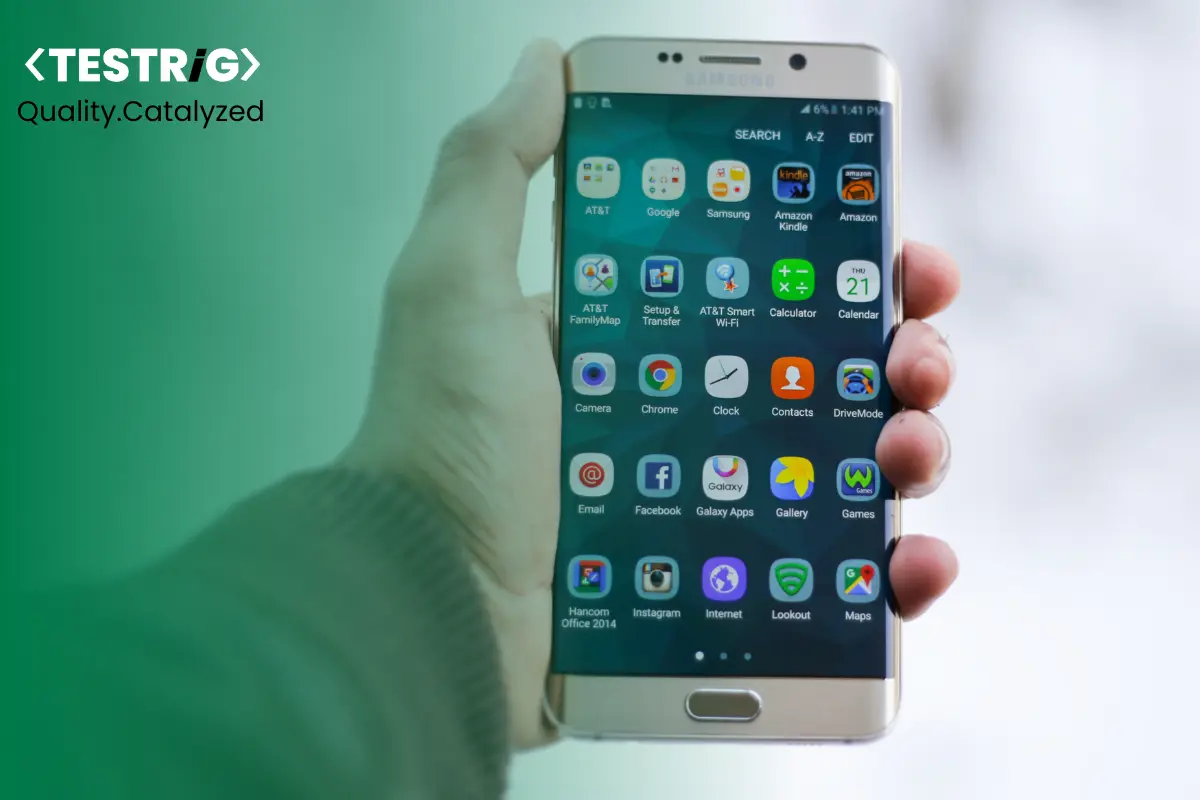
Every company has enough about the importance of user experience to be positive for websites and applications on the computer. With an increasing number of mobile shoppers and users, the same holds for user experience on mobiles as well. Every time the user is on your application, their experience needs to be great, right from the beginning. If your mobile app testing strategy fails you here, then it’s the users that would notice the flaws, and most times, they won’t even report the problems. But one thing is for sure; when users have a negative experience, they are less likely to come back.
There are numerous techniques to do successful mobile app testing, but each comes with advantages and disadvantages. So the wise thing to do here would be to use a combination of the best mobile application testing strategies and see what gives you the best result.
For Native Apps
- Verify if the application can be downloaded successfully.
- Does it run properly on a device, with the support of a back-end content frame?
- Is it compatible with the last generation of the same device?
- Is your application ready for the new release of the same device?
- Does it run properly on all types of device operating systems (OS)?
- Do updates reach the end-user in time?
- Can the user successfully accept the updates?
For Web Apps
- Is your web application a standard one, or one that is globally dynamic?
Challenges and Solutions of Ideal Mobile App Testing Strategy
Perhaps the most challenging aspect of mobile testing is the device itself. There are so many varieties of mobile devices and OS all over the world and each one of them needs to be considered for testing. For every device or OS you don’t test, it can be assumed that your web or the native app won’t work on it.
Solution: Test on real devices/test on emulated devices or both.
Testing on real devices may not be as cost-effective as you wish, for obvious reasons like device, subscription, and labor costs. Compared to all those costs, emulated devices are relatively cheaper.
Emulated devices can be used to simulate other devices by simply uploading their profiles and testing them; even updates can be tested rather easily. Yes, but it cannot be compared to the user experience of the real device. That’s the only disadvantage.
Test strategy for mobile application testing can be done using both techniques, albeit at different times in the product life-cycle. Testing on emulated devices, in the beginning, is cheaper as you can test for multiple devices. Testing on real devices later can be done to confirm the real functioning of the app.
Important Read: Unlimited Guide to Learn Mobile App Testing on Real Devices.
Recommendation
- Use the emulating device to your advantage; it’s not just the ability of testing on multiple device profiles quickly, but you can run test cases for network bypassing with scripting solutions that are really at a high level.
- Collaborate with a vendor who can give you easy access to test on real devices, anytime!
Undoubtedly, it is clear to see how a combination of testing on real devices and emulated devices could be the right mobile app strategy for you.
Get expert advice or guidance from a reputed software testing company and Design the best iOS or android testing strategy.